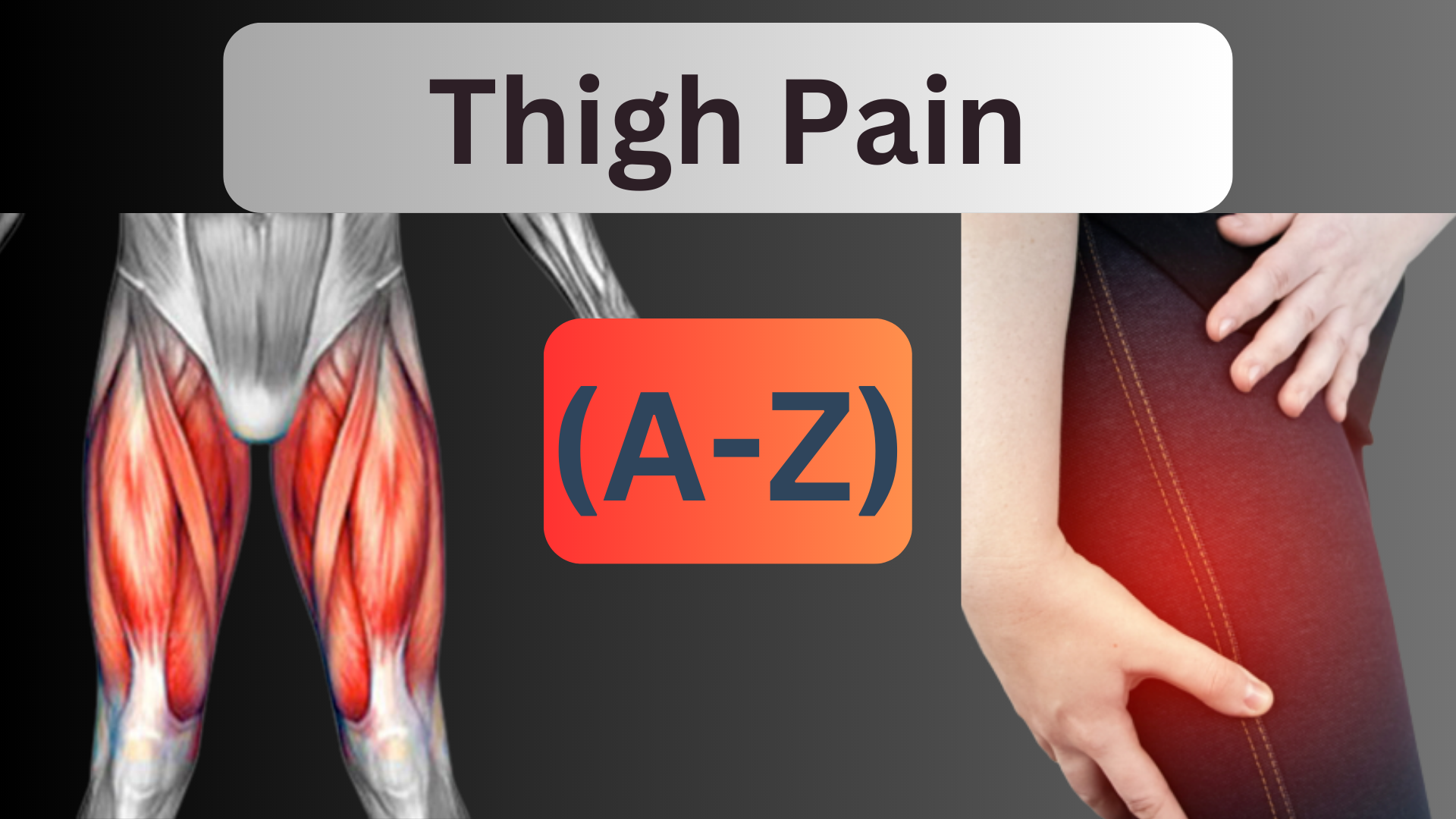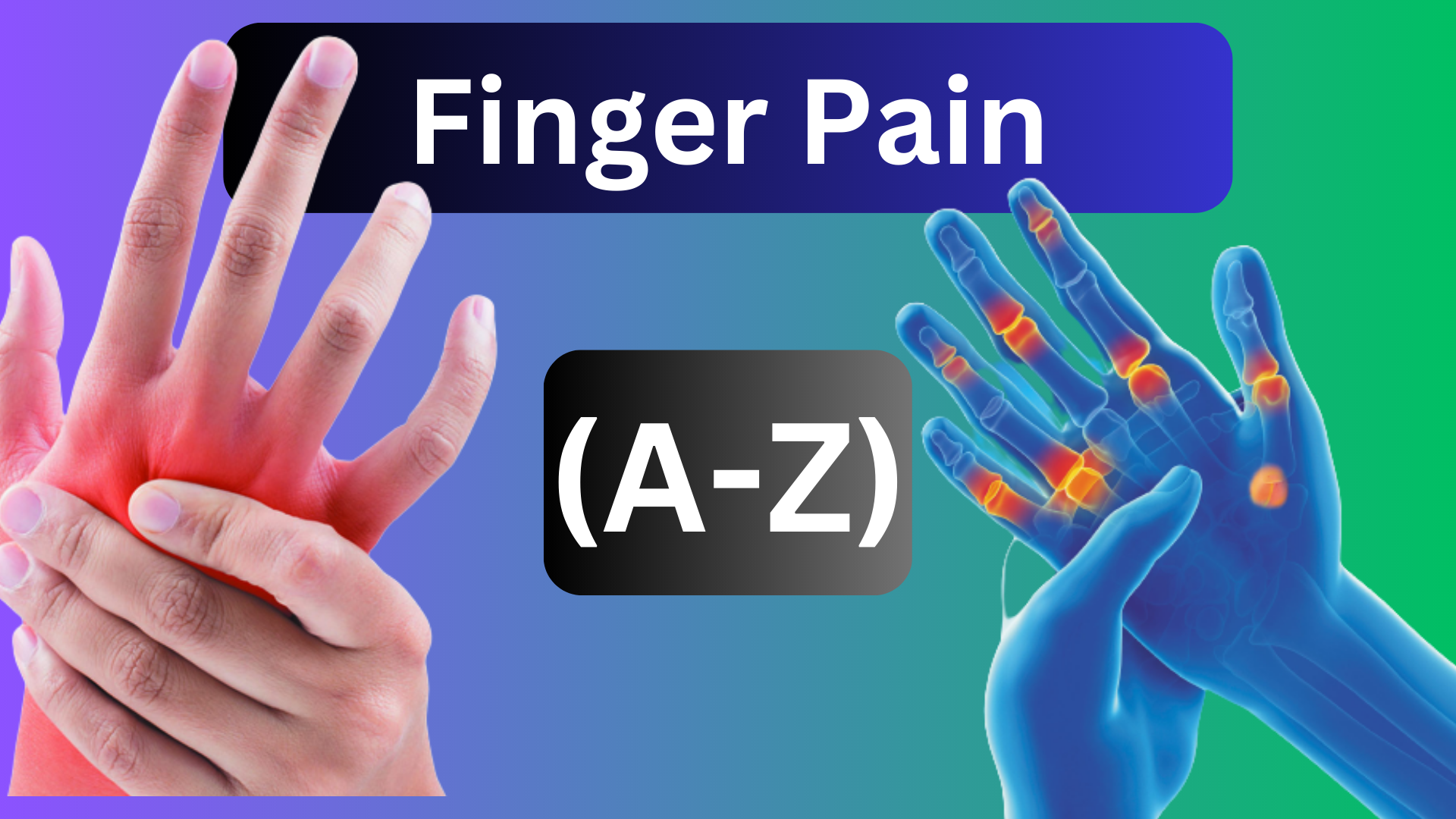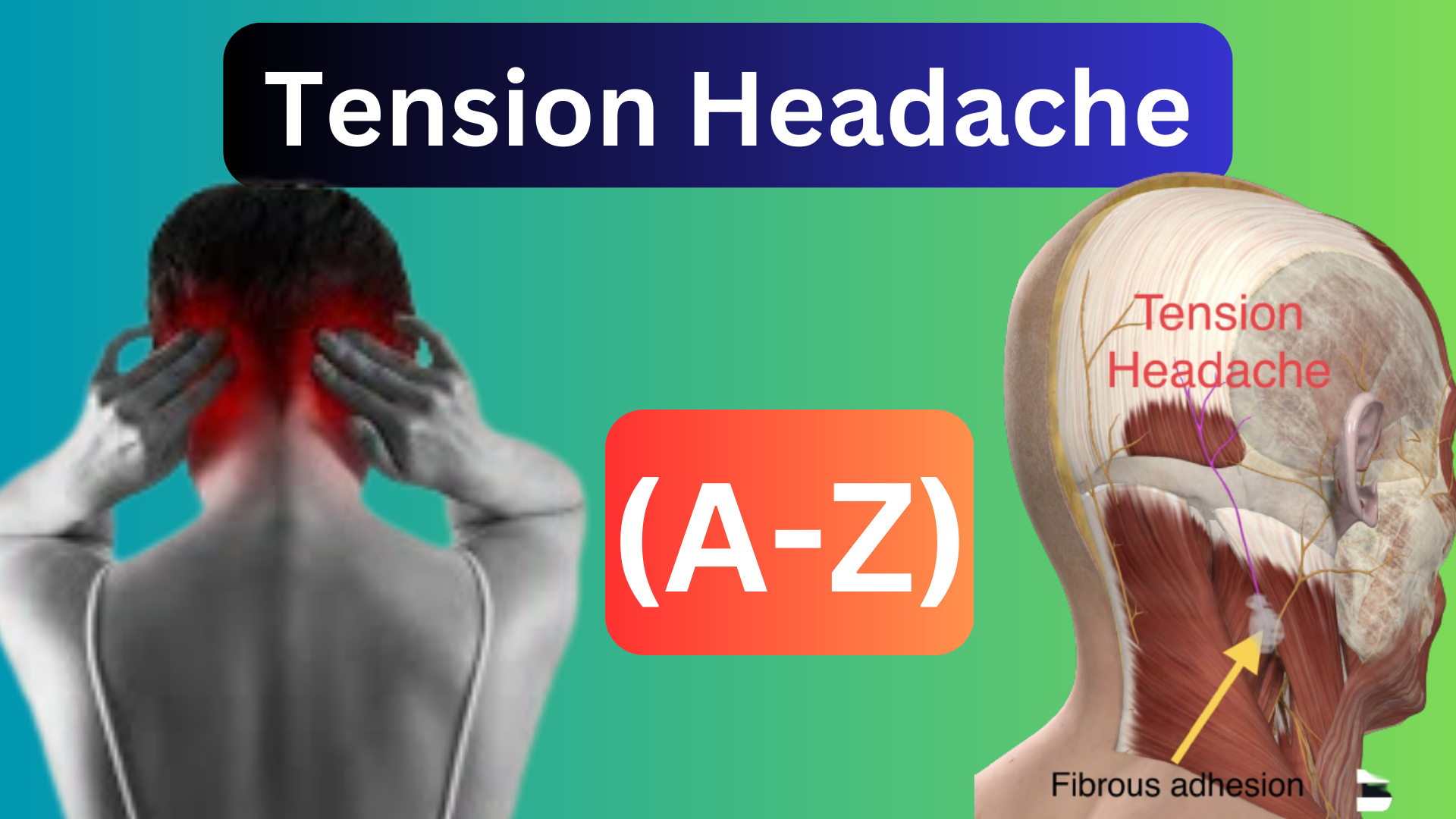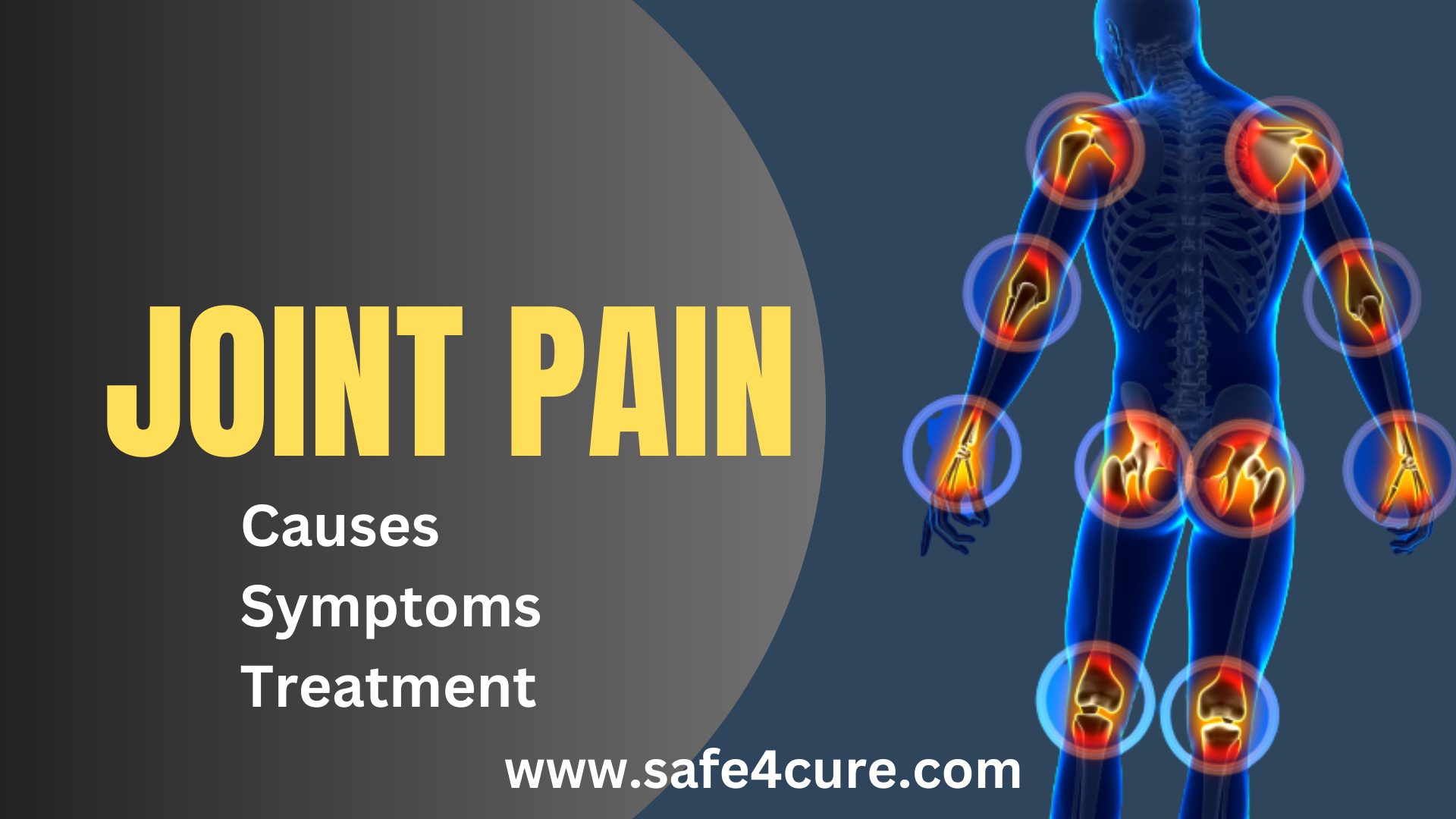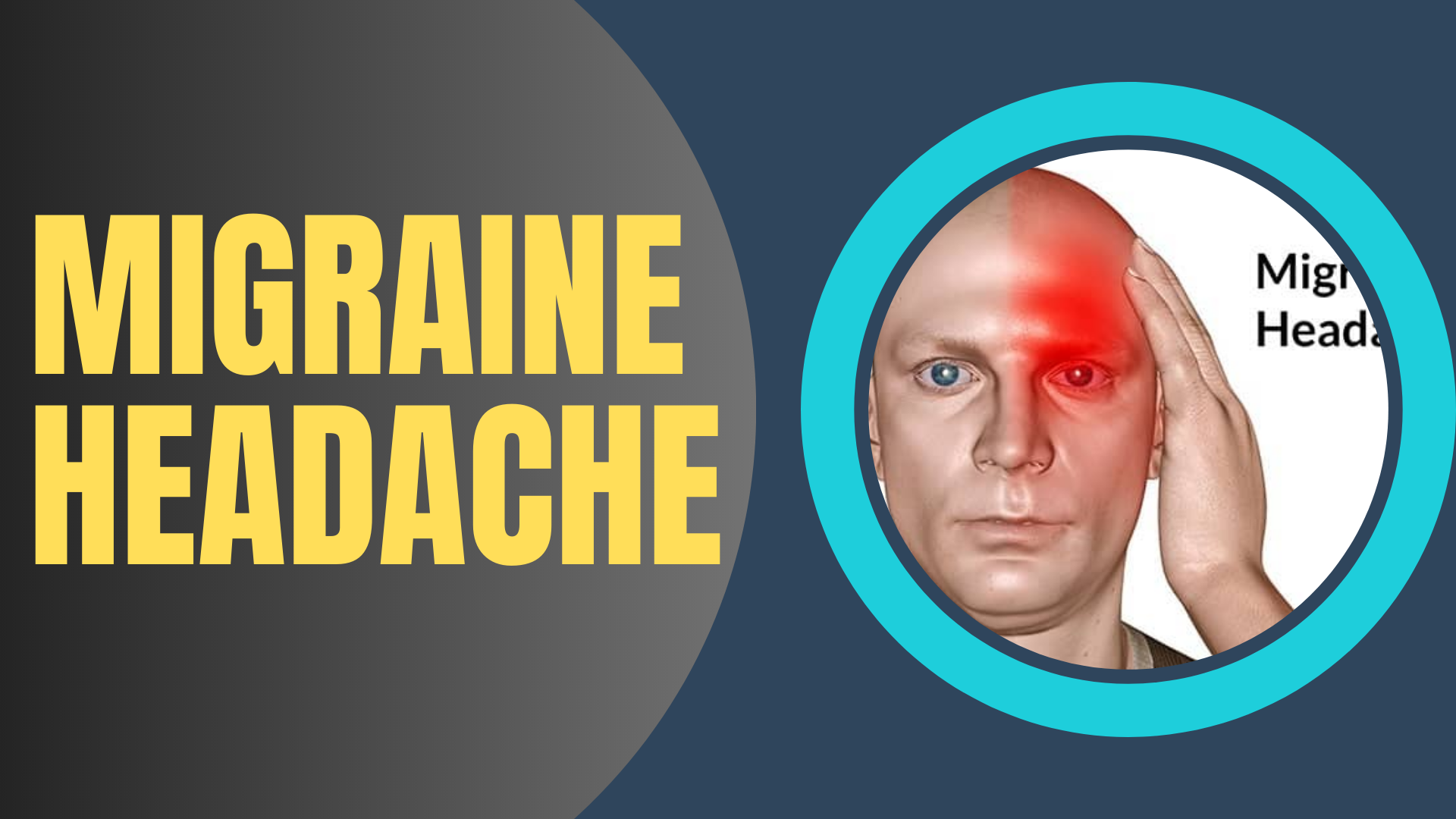Somatic Pain Definition | Causes | Symptoms | Best Treatment Option
In the modern day, many numbers of people have been suffering from Somatic Pain. More than 30% to 60% of people suffering from somatic symptom disorder have higher depression and anxiety levels.
Prevalence of the somatic symptom disorder has been estimated from 5% to 7% as of 2023. These become one of the common categories of patients concerning primary care. About 25% of patients having acute somatic symptoms would develop chronic somatic illness.
What Is Somatic Pain?
Somatic pain is a mental health condition in which the person feels distressed about the physical symptoms. These also include abnormal thoughts, behaviors, and feelings even in response to them.
Nociceptive pain could be felt in the muscle, joints, skin, bones as well as ligaments. Term musculoskeletal pain can also be called somatic pain. Click to learn about: Joint Pain
Somatic symptom disorder could also disrupt daily functioning along with the quality of life. Somatic pain is common in patients suffering from Bone metastases and cancer.
These Somatic pains are specially characterized as localized and constant aching, gnawing, and throbbing. Normally, these metastases caused due to bone destruction with concurrent new bone formation.
Somatic pain is also common when stretching the muscles too far, cutting the skin, or even causing injury.
Causes of Somatic Pain:
Normally, the Somatic pain is isolated to a particular part of the body, which worsens the movement. These are nociceptive as they are caused by inflammation, pressure, or injury.
These are also quite sensitive to inflammation when you cut yourself or sprain, which causes tissue damage. Nociceptors are specialized sensory nerves that pick up the painful sensation in the body.
Nociceptors detect strong signals, which are also associated with tissue damage. These would be sending the impulses to the brain, so you would be experiencing pain.
What are The Symptoms of This Pain?
When you have Somatic pain, then, you could be experiencing a lot of physical symptoms that include
- Pain
- Weakness
- Shortness of breath
- Gnawing
- Aching
- Throbbing
- Cramping
- Excessive and persistent thoughts about the seriousness of symptoms
- Fatigue
- Chaotic lifestyle/trauma
- Neglect during childhood
- Alcohol use disorder
- Substance use disorder
Best Medications for Somatic Pain?
Somatic pain can be easily treated by many numbers of methods. These would be based on the severity of the pain along with the cause. Normally, the light pain in the muscle cramp could be treated differently from that of severe pain.
Minor cases of somatic pain would be responding well to over-the-counter medications like Tylenol (acetaminophen), Motrin (ibuprofen 200mg or ibuprofen 400mg), or Aleve (naproxen).
- Tylenol provides no anti-inflammatory effects.
- Tylenol does not help with associated swelling.
- People with underlying health conditions such as a history of gastrointestinal bleeding, heart disease, kidney disease, or others cannot take NSAIDs
- Always consult your healthcare provider before taking medication
Normally, doctors will give Antidepressant medication to patients with somatic pain. These would reduce the symptoms that are associated with pain and depression.
Here are Some Best Medication To Treat This Pain:
1.) Aspadol Er 150mg:
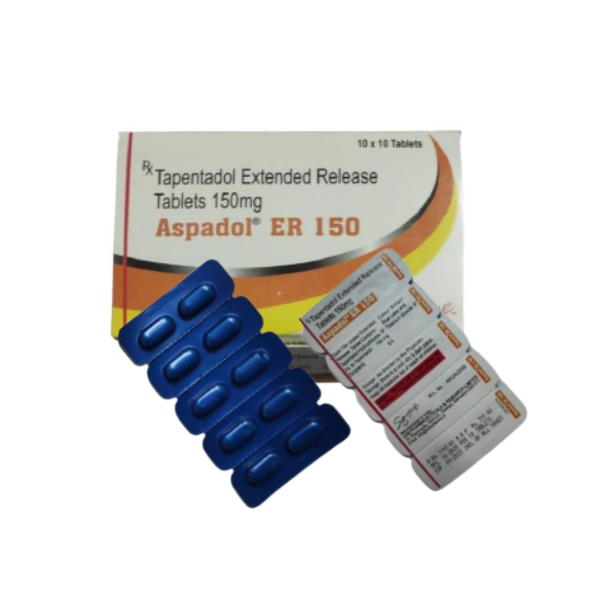
Aspadol Er 150mg is one of the best medicine for treating somatic pain. These are centrally acting analgesics having non-opioid and opioid mechanisms of action.
These are also called noradrenaline (NA) reuptake inhibition (NRI) as well as the active compound. Aspadol is one of the pharmaceuticals in constant demand, and it is a powerful analgesic from a group of benzenoid compounds.
These come in 150mg made with physical as well as biochemical testing. C14H23NO is the chemical formula with 20% protein binding capacity and 32% bioavailability.
- Pills are white and round in shape
- Contains 150 milligrams of tapentadol per pill
- Contains 10 pills
- It comes in blister packaging
- Box has a label of “prescription-only” or RX
- Immediate-release tapentadol tablets
2.) Tapal Er 100mg:
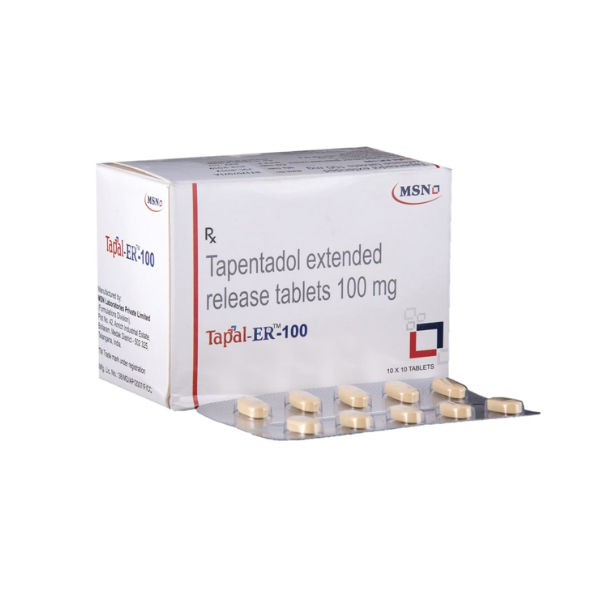
The Tapal-ER 100 is also helpful for treating moderate to severe somatic pain in adults. These are quite suitable options for treating other conditions such as period pain, toothache, headache, common cold, and fever.
Tapal Er 100mg effectively alleviates pain even without any side effects. The medication works by blocking the chemical messengers in our brains.
Tapal Er 100mg can help relieve pain in conditions such as rheumatoid arthritis and osteoarthritis. Tapal Er 100mg is the best option for reducing somatic pain under the doctor’s prescription.
3.) Tapidol 100mg:
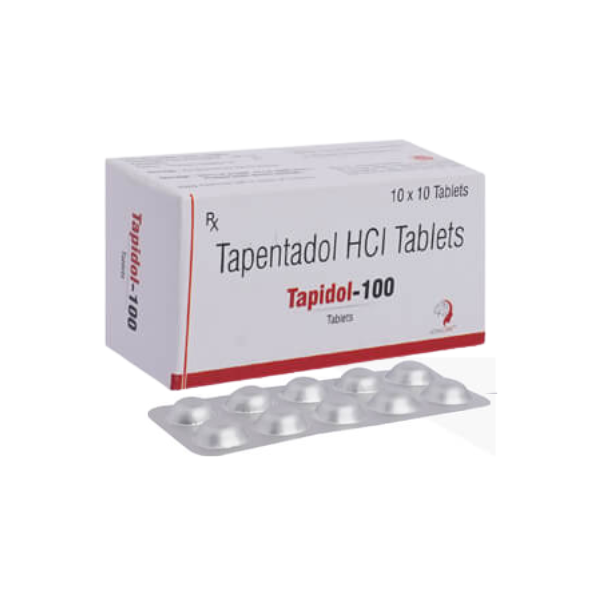
Tapidol 100mg is a painkiller medicine that contains Tapentadol. These are used to relieve moderate to severe somatic pain.
These are also used in adults to treat conditions such as muscular pain, headache, menstrual pain, throat pain, backache, toothache as well as joint pain.
Tapidol 100mg medicine works by easily altering the way the brain and nerves respond to pain. Doctors can easily prescribe Tapidol 100mg alone or in combination with other medications to reduce the pain.
Overdosage could lead to side effects such as vomiting, stomach pain, nausea, loss of appetite, or diarrhea. Contact your doctor when you have any side effects for a long time.
When you have a history of kidney problems or liver problems, then you need to consult a doctor before taking the medicine.
4.) Tapsmart 200mg:
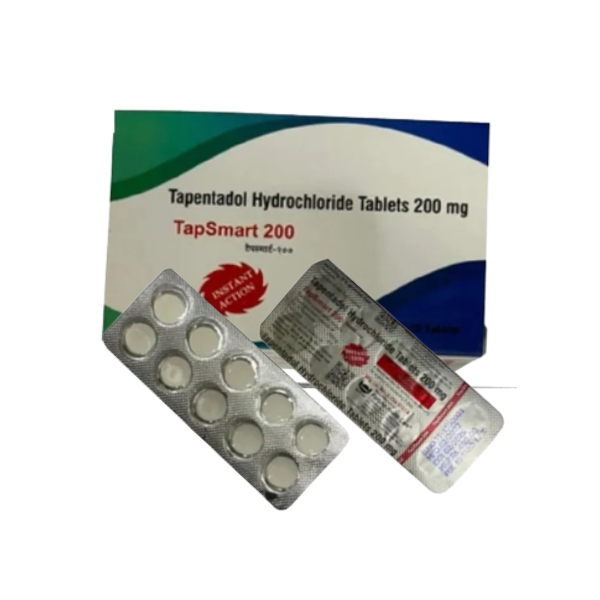
Tapsmart 200mg can also be used for treating somatic pain. These are also known as the opioid analgesic class of medicine. These are perfect for treating severe acute and chronic pain.
People who are suffering from moderate to severe somatic pain can take Tapsmart 200mg as a medicine. These are also suitable for reducing headaches, colds, fevers, period discomfort, and toothaches.
- Tapsmart 200 mg belongs to a group of drugs called as Opiate (Narcotic) analgesics.
- Functions with changing nerve system as well as brain reaction for the pain
- Diabetes patients having severe neuropathic pain can be treated with extended-release tablets.
- Alleviate pain that cannot be managed with the help of other painkillers
- Use the shortest period of time
- Use the lowest effective dosage
5.) Aspadol Er 200mg:
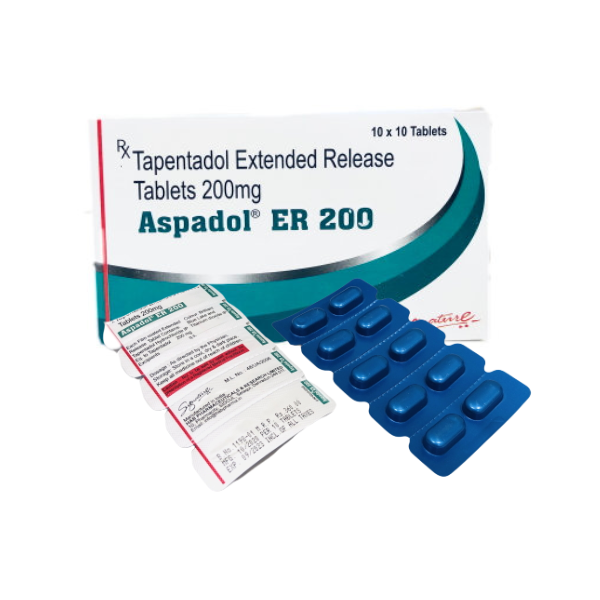
Are you looking for the best effective painkiller for somatic pain or migraine headaches? Aspadol Er 200mg is the best high-power painkiller for good muscle pain relievers.
It reduces the frequency of dosage as well as relieves types of chronic pain. You can also buy the Aspadol ER 200mg using the prescription as these help to reduce mild to moderate somatic pain.
- Promotes relief instantly
- Prescribed for treating mild to severe somatic pain
- Used less frequently compared to instant-release versions
- Required to use once or twice a day
- Dual-action mechanism with opioid receptor agonist and norepinephrine reuptake inhibitor
Some Best Reviews For These Medication?
- “I wanted to express my gratitude for giving my life back! I have been suffering from somatic pain for a month. After about 2 weeks of taking Aspadol Er 150mg, I started noticing a reduction in pain! The treatment is truly remarkable for reducing the pain.”
- My daily somatic treatment practice has changed my life. This somatic practice is one of the best meditations for my mind and body. I have seen the incredible changes in my body with relieving from somatic pain
- Over the years, my chronically tight muscles have increased my anxiety and feelings of depression. I searched for a solution, and I’ve tried everything. I’ve discovered the best Tapsmart 200mg helps me to alleviate my emotional stress.
What Is The First-Line Treatment For Somatic Pain?
NSAIDs or Non-steroidal anti-inflammatory drugs are useful for somatic pain. Aspadol Er 150mg, Tapal Er 100mg, Tapidol 100mg, Tapsmart 200mg and Aspadol Er 200mg are administered for somatic treatment.
What Is An Effective Treatment For Somatic Symptoms?
Psychotherapy is related to psychological distress and anxiety. CBT is helpful for improving physical symptoms.
How Do I Stop Somatizing?
The therapist would be helping to address the memories and feeling causing the somatization. Aspadol Er 200mg is effective at treating somatization.
Is Somatic Disorder Curable?
Based on reports, there is no known cure for somatoform disorder, but these can be managed. Somatic Treatment focuses on helping a person to live a normal life.







